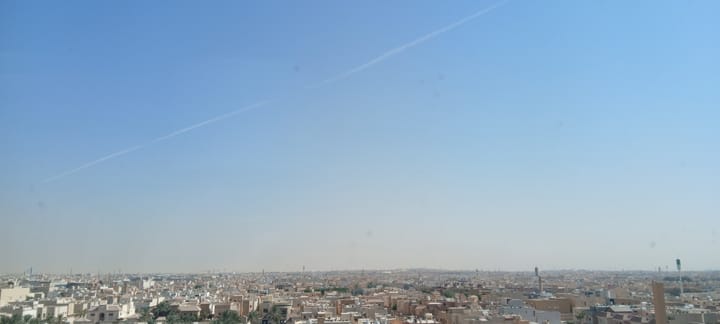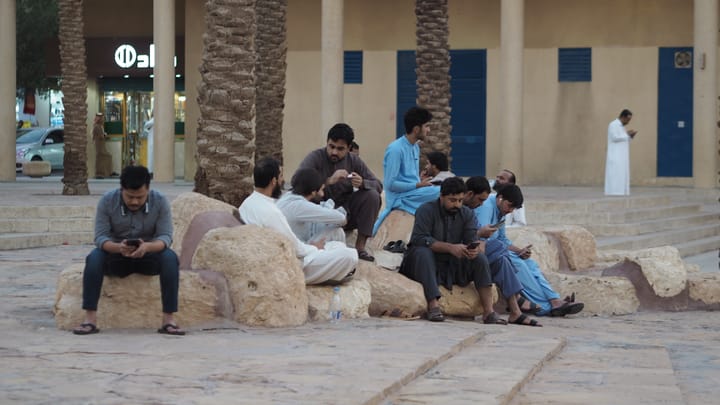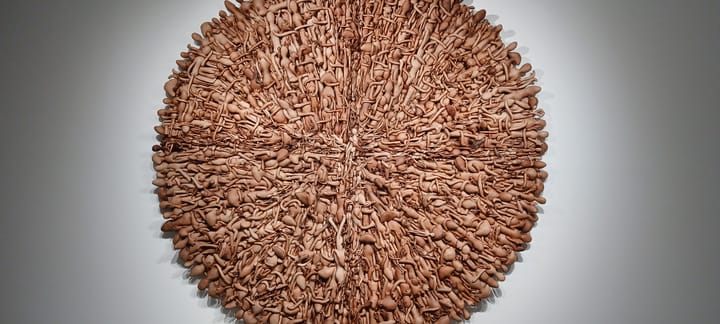excerpt from the penultimate in the Culture series in which world-building proves space is a social construction
Roughly ten percent of the land area of Golter was autonomous state; countries in the accepted sense. The rest was technically Free Land in the form of city states, beltland, commercial and industrial parks, farming collectives, ecclesiastical dependencies, bank franchises, sept reservations, leased and freeheld familial estates, Antiquarian societies’ digs, contract diplomatic services’ ambassadorial domains, pressure-group protectorates, charity parklands, union sanitoria, time-share zones, canal, rail and road corridors and protected drove-ways; United World enclaves of a score of different persuasions; hospital, school and college grounds, private and public army training counties, and land-parcels—usually squatted on—the subject of centuries-old legal disputes which were effectively owned by the courts concerned.
The inhabitants of these multifarious territories owed their allegiance not to any geographically defined authority or administration, but to the guilds, orders, scientific disciplines, linguistic groups, Corporations, clans and other organizations which administered them.
The result was that while a physical map of Golter was a relatively simple depiction of the planet’s varied but unremarkable geography, political maps tended to resemble something plucked from the wreckage after an explosion in a paint factory.
— Iain M. Banks, Against a Dark Background, 1993
cf. Vajra Chandrasekera Interview with David Naimon, Between the Covers, transcript:
I’m from Sri Lanka and I was, for the most part, not reading what was contemporary when I was growing up. I was reading older works because those are the books that were available to me in the ‘80s and ‘90s in Colombo. So I was reading ’60s and ’70s novels when I was growing up for the most part and rapidly caught up in the late ’90s when those books started to arrive when, for example, Clarke Award winner started to arrive in the British Council Library in Colombo. I had a very compressed history of the latter half of the 20th century and genre fiction landed on me in the ‘90s. I inhaled it all at once rather than seeing it play out over decades. This left me with a strange take on what I preferred in genre, what kind of works I like to read. Obviously, the things that stood out to me more were the prose-forward kind of stories. I think I came away with the idea that is very opposed to the way that a lot of writers think about science fiction and fantasy books, about world building, about plot. I don’t think about any of those things in the way that is currently most fashionable. I tend to think of fiction as it is on the page, as sentences, as paragraphs. I don’t think in terms of characters moving around in a world rather and so much is about sentences moving on the page. I think this is one of the big differences and one of the big disconnects for a lot of people is that it’s a kind of book, both books [inaudible] more than [The Saint of Bright Doors]. But even the Saint, it’s a kind of book that it’s hard to read with one eye closed. [laughter]


